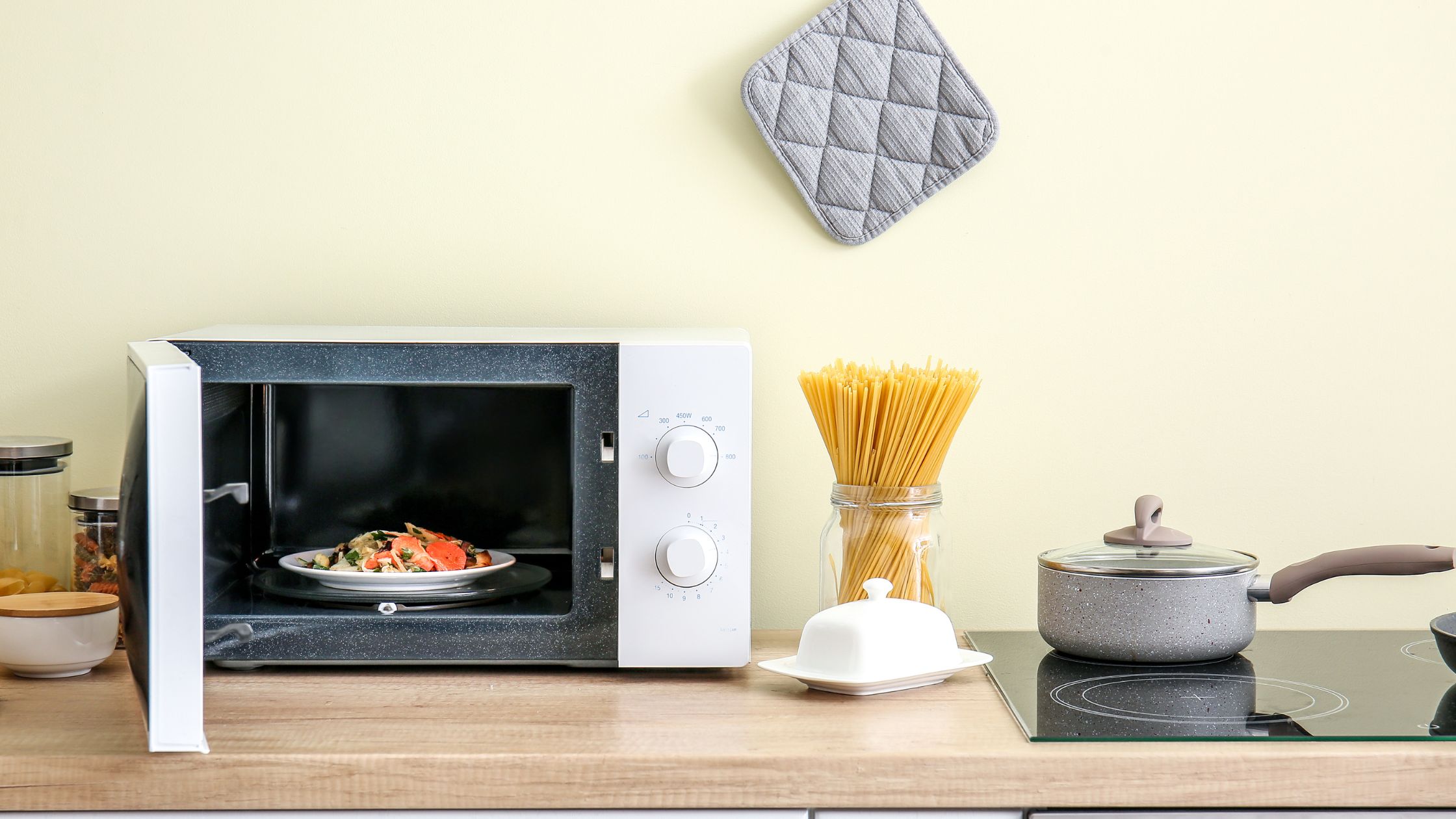
The microwave oven has revolutionized modern homes by offering unparalleled convenience in food preparation. It has become an indispensable appliance in virtually every household today. Investing in a high-quality microwave is essential, as it ensures efficient heating, reliability, and longevity, ultimately saving time, energy, and money while simplifying our busy lives.
Evaluating Key Microwave Features
When selecting the perfect microwave, it’s crucial to consider the size that fits your kitchen space and needs. A small microwave is ideal for limited counter space or for those mainly using it to reheat food. However, larger microwaves are perfect for families or those who frequently cook larger dishes, as they offer ample cooking space and advanced features.
Countertop microwaves are popular choices because they’re easily set up and portable. They are available in various sizes, making them suitable for different kitchen spaces. On the other hand, built-in microwaves save counter space and create a sleek, integrated look for your kitchen. However, they require professional installation and can be more expensive.
To choose the right microwave, assess your cooking needs. A basic microwave will suffice if you primarily use it for reheating or defrosting. But if you enjoy cooking diverse dishes, consider a microwave with advanced features like pre-programmed settings, convection cooking, or sensor cooking, which adjusts cooking time and power based on the food’s moisture level.
Finally, understanding wattage and food cooking times is essential. Wattage refers to the microwave’s power and affects how quickly and evenly it heats food. A higher wattage means faster cooking times but may consume more energy. Choose a microwave with a wattage that balances your need for speed and energy efficiency to ensure optimal cooking results and long-term savings. See this page for a wide selection of microwaves and features ideal for your home.
Energy Efficiency And Environmental Impact
Energy Star-rated microwaves meet strict guidelines set by the government for energy efficiency, which helps reduce the environmental impact. By choosing an Energy Star microwave, you contribute to saving energy, reducing your utility bills, and promoting eco-friendliness.
Being mindful of your microwave usage can help save both money and energy. Avoid using it when unnecessary, and consider alternative methods for small tasks, like heating water on the stove. This approach conserves power and prolongs the life of your microwave.
Reducing your carbon footprint is crucial for the environment, and efficient microwave usage can contribute to that goal. You can save energy by using a microwave instead of a conventional oven for smaller dishes, as microwaves heat food faster and more efficiently.
Ensure your microwave’s wattage matches your cooking needs to minimize cooking time. Higher-wattage microwaves cook faster but use more energy, so balance the two to ensure optimal cooking results while conserving energy.
Regular maintenance, like cleaning the interior and checking the door seal, ensures your microwave performs at its best. A well-maintained microwave not only lasts longer but also uses energy more efficiently, reducing both your environmental impact and expenses.
Types of Microwave Ovens
There are various types of microwave ovens, each with unique features and capabilities. Understanding the differences can help you choose the best one for your cooking needs, ensuring a valuable addition to your kitchen.
Solo microwaves are the most basic and affordable option, suitable for simple tasks like reheating and defrosting. Grill microwaves combine regular microwave functions with a grilling feature, allowing you to brown and crisp food. Convection microwaves use a fan and heating element for cooking food evenly and quickly, making them more versatile for various dishes.
Solo microwaves are cost-effective but have limited features. Grill microwaves offer additional cooking options but may not be as versatile as convection types. Convection microwaves provide the most cooking flexibility but can be more expensive and require more space. Here are a few other types of microwaves you can look at:
- Specialty and Combination Microwaves: Specialty and combination microwaves offer even more features, like sensor cooking or pre-programmed settings, making them ideal for avid home chefs. These microwaves can handle multiple tasks, but their advanced features may cost more.
- Inverter Microwaves: Inverter microwaves use advanced technology to maintain a consistent power level during cooking, resulting in evenly cooked food and reduced cooking time. They are energy-efficient and ideal for delicate dishes that require precise temperature control.
- Steam Microwaves: Steam microwaves combine traditional microwave cooking with steam, which helps retain food’s moisture, nutrients, and flavor. These microwaves are perfect for healthy cooking and preparing dishes like vegetables, fish, or rice.
Find A Microwave Oven That Matches Your Needs
Consider your cooking habits when choosing a microwave type. If you mostly reheat and defrost, a solo microwave is ideal. A convection microwave is your best bet if you enjoy cooking a wide range of dishes. For occasional grilling, choose a grill microwave.
While cost is essential when purchasing a microwave, it shouldn’t be the sole consideration. Balancing features, size, energy efficiency, and cooking capabilities with the price ensures you invest in an appliance that meets your specific needs. Such measures also ensure that your microwave delivers optimal performance and ultimately saves you time and money in the long run. By focusing on value rather than just cost, you can make a well-informed decision that brings convenience and satisfaction to your kitchen experience.







